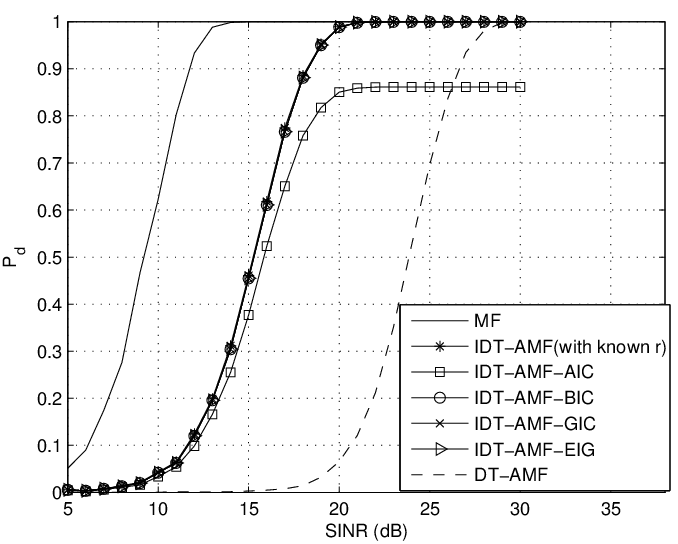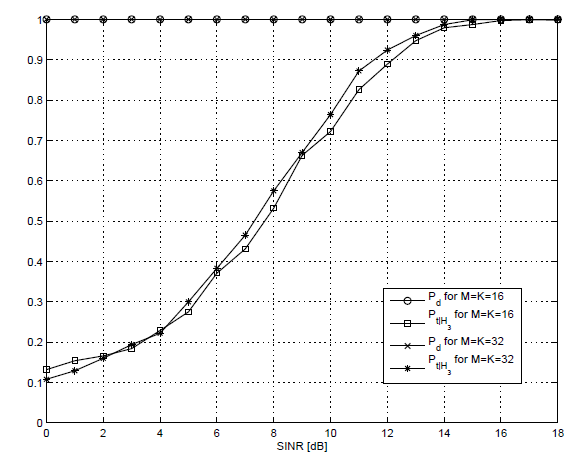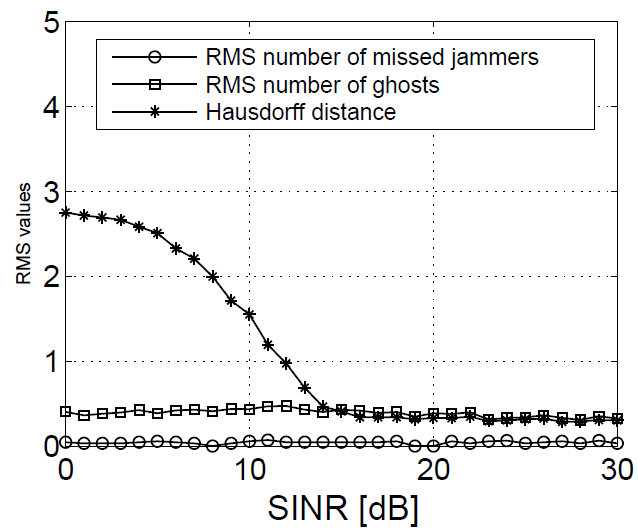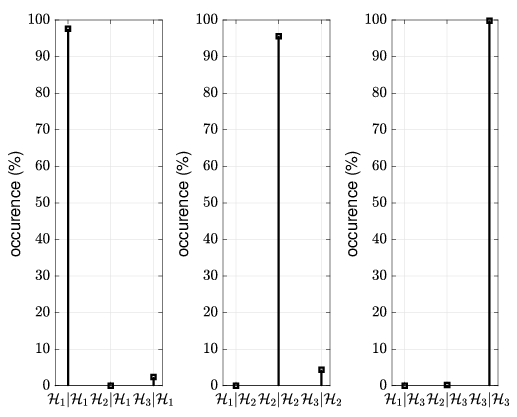The active jamming is an important threat to sonar. It is realized through two approaches: Noise-like jammers (NLJs) and coherent jammers (CJs).
Generally, NLJs generate nondeceptive interference that blends into the thermal noise of the receiver, thus masking targets. While the CJs transmit coherent signals with the same carrier frequency and time delay modulation waveform as the target echo, intending to inject false information into the processor.
For active interference, matching filter (MF), sidelobe blanker, sidelobe canceler and other anti-interference methods have been proposed to detect and suppress it. However, the above methods could only resist a specific jamming and couldn’t make full use of training samples. Their performance needs to be improved.
Under these circumstances, researchers from the Institute of Acoustics, Chinese Academy of Sciences (IACAS) along with Italian colleagues devised an improved double-trained adaptive matched filter (IDT-AMF) and sparse learning via iterative minimization (SLIM)-based detector against the attack of NLJs and/or CJ.
The research was recently published in the international journal IEEE Transactions on Aerospace and Electronic Systems.
The researchers jointly used two independent sets of training data. The results showed that the IDT-AMF had better detection performance than the DT-AMF and MF (Figure 1). Moreover, the SLIM-based detector fully exploited the space-time sparsity of jammers, which could achieve the correct classification and effective suppression of target signal, NLJs and CJs (Figures 2-4).

Figure 1. Detection performance of different IDT-AMFs. (Image by IACAS)

Figure 2. Detection performance of SLIM-based detectors. (Image by IACAS)

Figure 3. Root mean squared error of the SLIM-based detectors. (Image by IACAS)

Figure 4. Classification histograms of SLIM-based detector under three hypotheses. (Image by IACAS)
It is worth noting that SLIM-based detector with classification ability could act as an improved sidelobe blanker to improve its ability of jamming suppression. Future research tracks might encompass the design of detection architectures for range-spreading targets based upon compressive sensing algorithms to improve the anti-interference performance of high-resolution sonar.
This work was supported by the National Natural Science Foundation of China (No. 61571434 and No. 61971412).
Reference:
YAN Linjie, Pia Addabbo, HAO Chengpeng, Danilo Orlando, Alfonso Farina. New ECCM Techniques Against Noise-like and/or Coherent Interferers. IEEE Transactions on Aerospace and Electronic Systems, vol. 56, no. 2, pp. 1172-1188, April 2020. DOI: 10.1109/TAES.2019.2929968.
Contact:
ZHOU Wenjia
Institute of Acoustics, Chinese Academy of Sciences, 100190 Beijing, China
E-mail: media@mail.ioa.ac.cn


